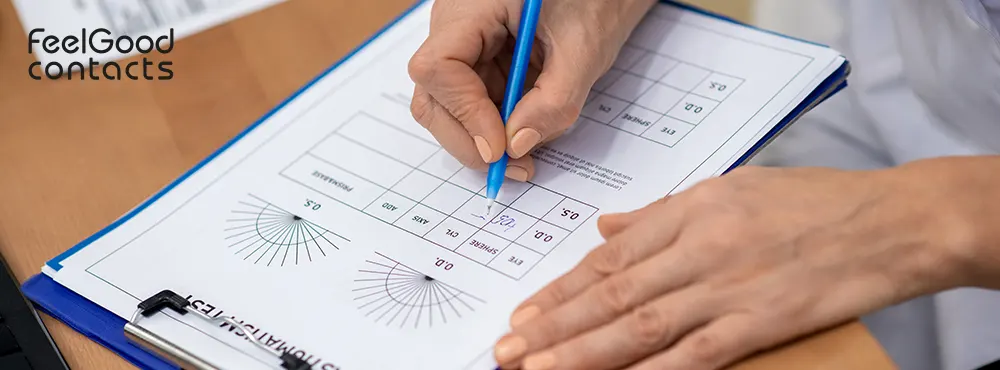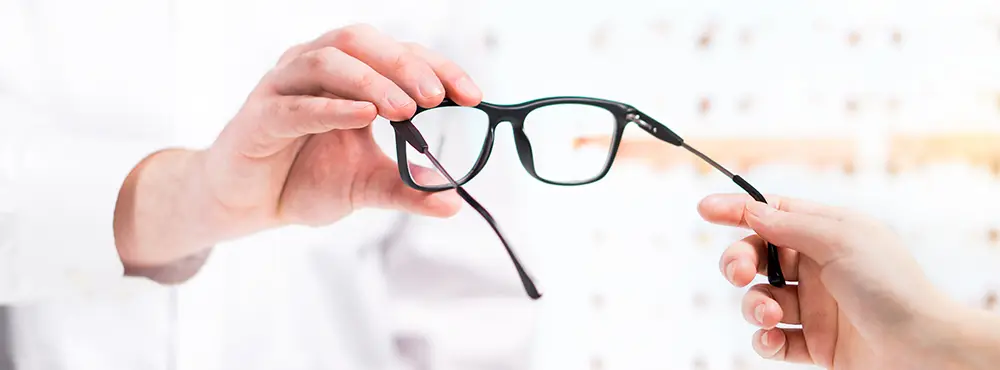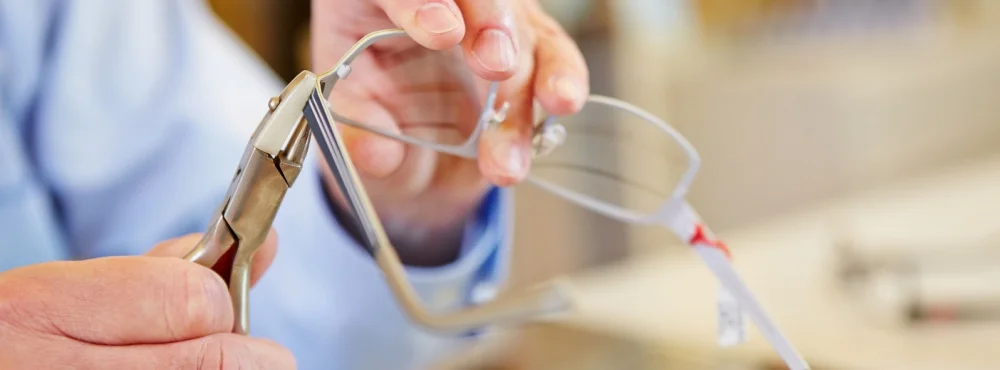
Khuram Sarwar
Dispensing Optician
Khuram Sarwar is a qualified Dispensing Optician at Feel Good Contacts and a member of the Association of British Dispensing Opticians (ABDO). Khuram is registered with the General Optical Council (GOC) and adheres to their guidelines. He graduated and qualified in 2016 from Association of British Dispensing Opticians (ABDO) College as a Dispensing Optician, before going on to achieve a BSc (Hons) in Ophthalmic Dispensing from Canterbury Christ Church University. With 13 years of experience under his belt, Khuram has worked with some of the industry’s leading players in contact lenses and glasses.
What does axis mean on my prescription?
The axis on your prescription tells the optician where exactly to position the lens correction so that your vision is clear, which is measured in degrees from 1 to 180. If you see any number mentioned under the axis column in your prescription, it always means you have astigmatism, a very common eye condition where the front part of your eye (the cornea) isn’t perfectly round, but slightly oval-shaped. This shape causes light to bend unevenly, leading to blurred or distorted vision.
Glasses Measurements - Frame Size Guide
Understanding your glasses size is essential, as it directly affects how well your glasses fit. A poor fit can cause your glasses to slide off and sit out of alignment with your eyes. Over time, this misalignment can result in discomfort, headaches and eye strain. Our handy guide will help you learn about glasses measurements, so you can choose frames that fit your face comfortably and provide the clearest vision.
How can I fix my glasses at home?
Your prescription glasses are more than just a visual aid. They’re not just an investment, but a daily essential. Whether you rely on your eyeglasses for reading, driving, working, or all-day wear, they’re likely to be one of your most used and essential accessories. So, when something goes wrong, even a loose screw or a crooked frame can disrupt your routine and cause serious discomfort. While it’s best to take severely damaged eyewear to a professional, many common issues can be fixed with a few tools and a steady hand. Many common eyewear problems can be quickly and safely fixed at home with just a few basic tools and the right techniques.

















